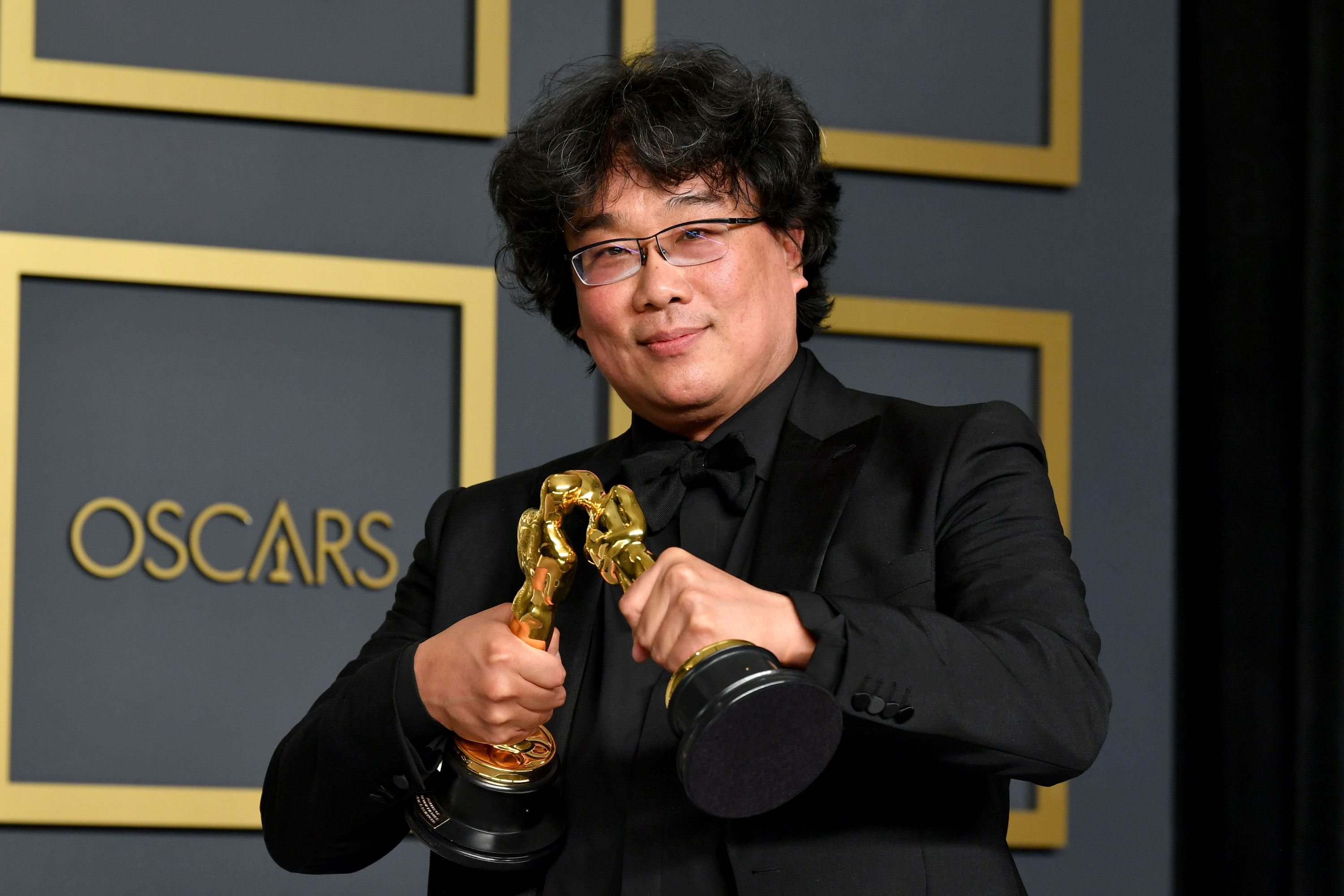But the effects-driven blockbuster, more than its 1980s antecedents, empowered a fandom culture that offered built-in audiences to studios, but at the price of subordinating traditional aspects of cinema to the demands of the Jedi religion or the Marvel cult. And all these shifts encouraged and were encouraged by a more general teenage-ification of Western culture, the extension of adolescent tastes and entertainment habits deeper into whatever adulthood means today.
Over time, this combination of forces pushed Hollywood in two directions. On the one hand, toward a reliance on superhero movies and other “presold” properties, largely pitched to teenage tastes and sensibilities, to sustain the theatrical side of the business. (The landscape of the past year, in which the new “Spider-Man” and “Batman” movies between them have made over a billion dollars domestically while Oscar hopefuls have made a pittance, is just an exaggerated version of the pre-Covid dominance of effects-driven sequels and reboots over original storytelling.) On the other hand, toward a churn of content generation to feed home entertainment and streaming platforms, in which there’s little to distinguish the typical movie — in terms of casting, direction or promotion — from the TV serials with which it competes for space across a range of personal devices.
Under these pressures, much of what the movies did in American culture, even 20 years ago, is essentially unimaginable today. The internet has replaced the multiplex as a zone of adult initiation. There’s no way for a few hit movies to supply a cultural lingua franca, given the sheer range of entertainment options and the repetitive and derivative nature of the movies that draw the largest audiences.
The possibility of a movie star as a transcendent or iconic figure, too, seems increasingly dated. Superhero franchises can make an actor famous, but often only as a disposable servant of the brand. The genres that used to establish a strong identification between actor and audience — the non-superhero action movie, the historical epic, the broad comedy, the meet-cute romance — have all rapidly declined.


it was different before! it was more artistic 20 years ago!
:thonk: which is what they were saying 20 years ago. and 20 years before that. Snobs have been complaining about lowbrow pushing out highbrow since like, the advent of the talky. And then in a couple decades it gets reappraised as ‘oh that schlock we were hating on is actually Super Art and the shit coming out now doesn’t compare’.
But they can never talk about why this is, even though its obvious and has been the same fucking process the entire time. Hollywood has always always always been about getting asses in seats, never artistic achievement. You want to see what artist-lead film is go back in time to the fucking Soviet Union.
God these nostalgia hogs make me sick
Two quotes from Fredrick Jameson’s Postmodernism:
What has happened is that aesthetic production today has become integrated into commodity production generally: the frantic economic urgency of producing fresh waves of ever more novel-seeming goods (from clothing to aeroplanes), at ever greater rates of turnover, now assigns an increasingly essential structural function and position to aesthetic innovation and experimentation.
What has not been taken into account by this view, however, is the social position of the older modernism, or better still, its passionate repudiation by an older Victorian and post-Victorian Bourgeoisie for whom its forms and ethos are received as being variously ugly, dissonant, obscure, scandalous, immoral, subversive, and generally “antisocial.” It will be argued here, however, that a mutation in the sphere of culture has rendered such attitudes archaic. Not only are Picasso and Joyce no longer ugly, they now strike us, on the whole, as rather “realistic,” and this is the result of a Canonization and Academic Institutionalization of the modern movement generally that can be to the late 1950s. This is surety one of the most plausible explanations for the emergence of postmodernism itself, since the younger generation of the 1960s will now confront the formerly oppositional modern movement as a set of dead classics, which “weigh like a nightmare on the brains of the living,” as Marx once said in a different context.
As for the postmodern revolt against all that, however, it must equally be stressed that its own offensive features – from obscurity and sexually explicit material to psychological squalor and overt expressions of social and political defiance, which transcend anything that might have been imagined at the most extreme moments of high modernism – no longer scandalize anyone and are not only received with the greatest complacency but have themselves become institutionalized and are at one with the official or public culture of Western Civilization.